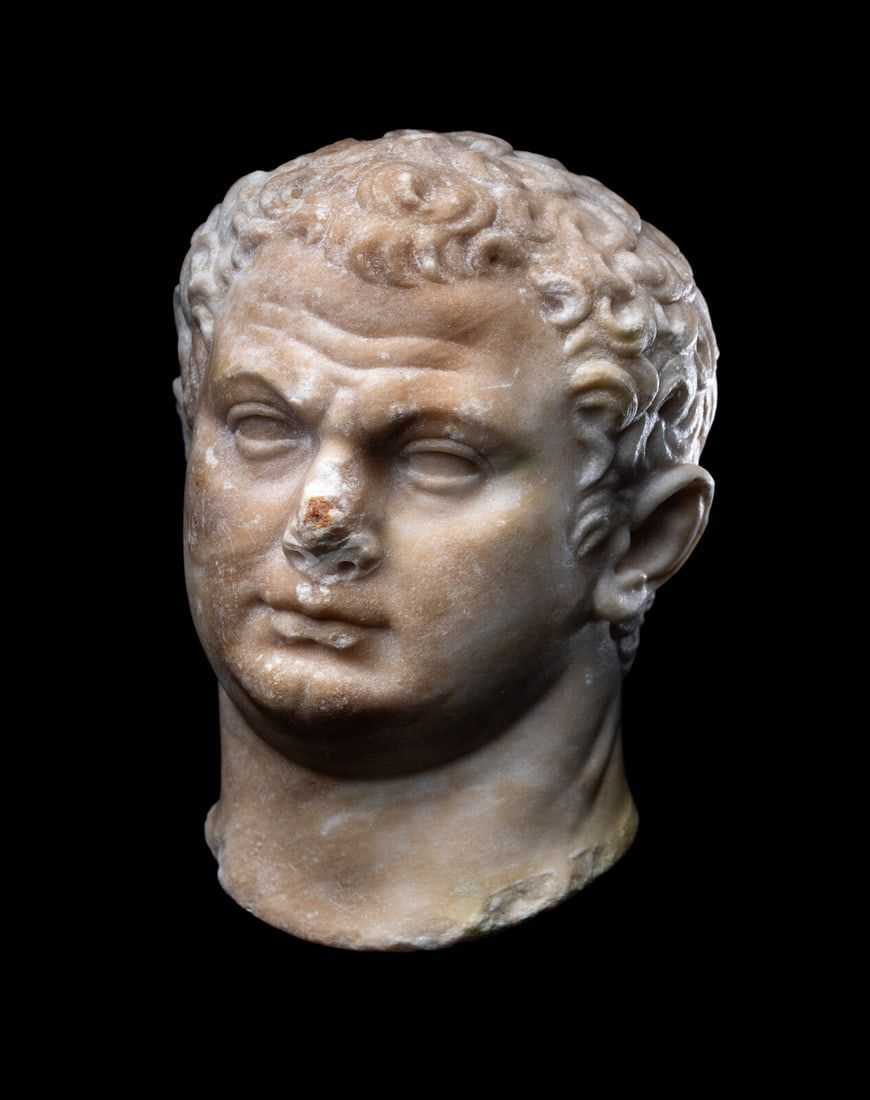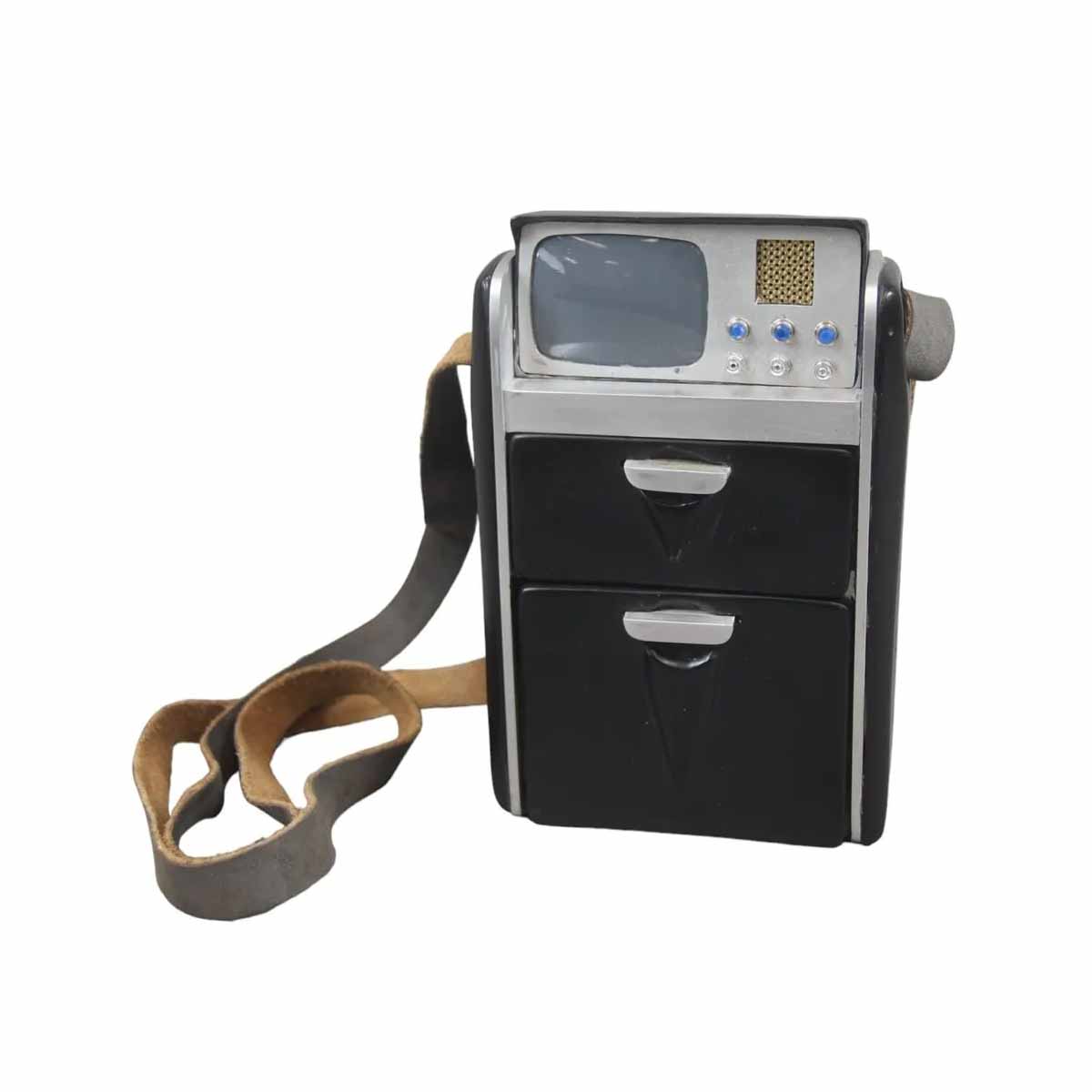LAS VEGAS — Morphy Auctions realized a total of $3.9 million (including buyer’s premium) at its April 11-13 Coin-Op & Antique Advertising sale. According to Morphy Auctions co-founder and president Dan Morphy, post-auction purchases are expected to add even more bounce to the three-day result and will likely push the grand total well beyond the $4 million mark. Catalogs for the completed sale can be seen at LiveAuctioneers.
The auction’s top-estimated and ultimately top-selling lot was a Caille Bros. musical Triple Eclipse upright slot machine with a design encasing three separate machines in one handsome oak cabinet. Built between 1902 and 1904, it cashed out at $120,000 ($147,600 with buyer’s premium).
Also from Caille Bros., a circa-1910 Loving Cup dual-wheel slot machine – similar to the manufacturer’s Silver Cup model – displayed original wheels and castings, and, according to the lot notes, both ‘played and paid’ correctly. Its optional 5¢ Gum side vendor was present but not in working order. The sought-after machine was bid aggressively to $65,000 ($79,950 with buyer’s premium) against an estimate of $15,000-$30,000.
Another top-notch coin-op was a circa-1904 Mills Novelty Co. musical Big Six upright slot machine, sporting a colorful tin wheel, raised panels, and an attractive ‘chipped glass’ front. It sold for $40,000 ($48,000 with buyer’s premium) against an estimate of $15,000-$30,000.
A countertop roulette machine made around 1932 by Caille Bros., the Aristocrat came to auction with provenance from the lifelong collection of Bill Howard. Original, unrestored, and ready to play upon receipt of a 25¢ coin, it swept past its $15,000-$30,000 estimate to settle at $32,000 ($38,400 with buyer’s premium).
Complete with top hat, cane, monocle, and spats, Mr. Peanut was the focal point of a fully functional circa-1920 electric peanut-roasting machine. When activated, the figural character straddles the roasting barrel and appears to power the machine with his cane, as an oarsman might do on a sculling team. Likely the finest of the few that are known to exist, the roaster easily surpassed its $30,000-$60,000 estimate to reach $110,000 ($135,300 with buyer’s premium).
Princess Doraldina, a 5¢ fortune teller machine made in 1928 in Rochester, New York, features the life-size figure of the clairvoyant with an articulated wax head, period clothing, and costume jewelry. Only Princess Doraldina knew prior to auction day that the $15,000-$30,000 estimate was too conservative. She proved her uncanny psychic skills upon securing a winning bid of $43,000 ($52,890 with buyer’s premium).












